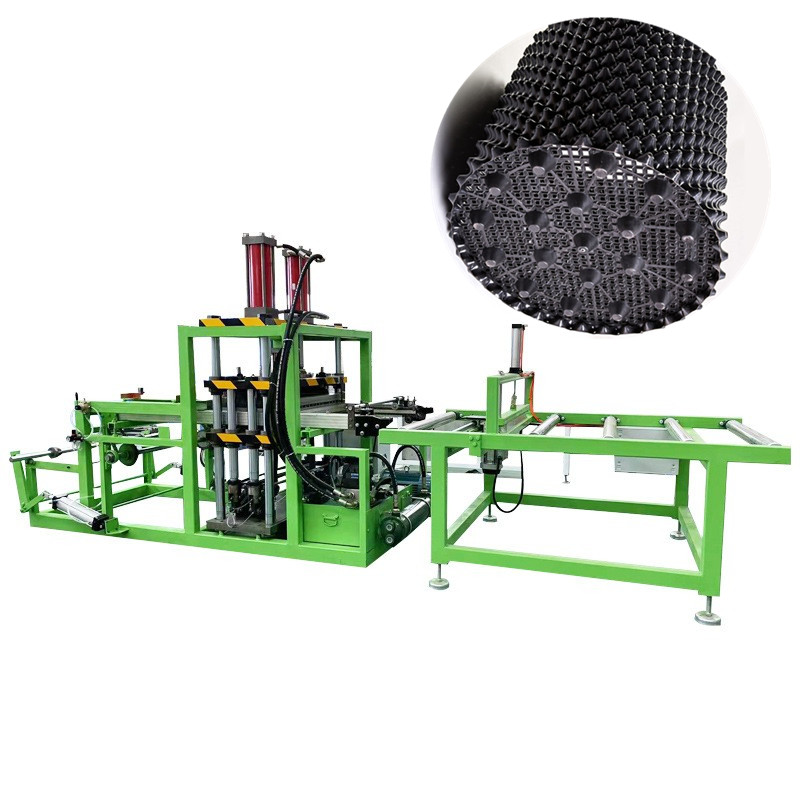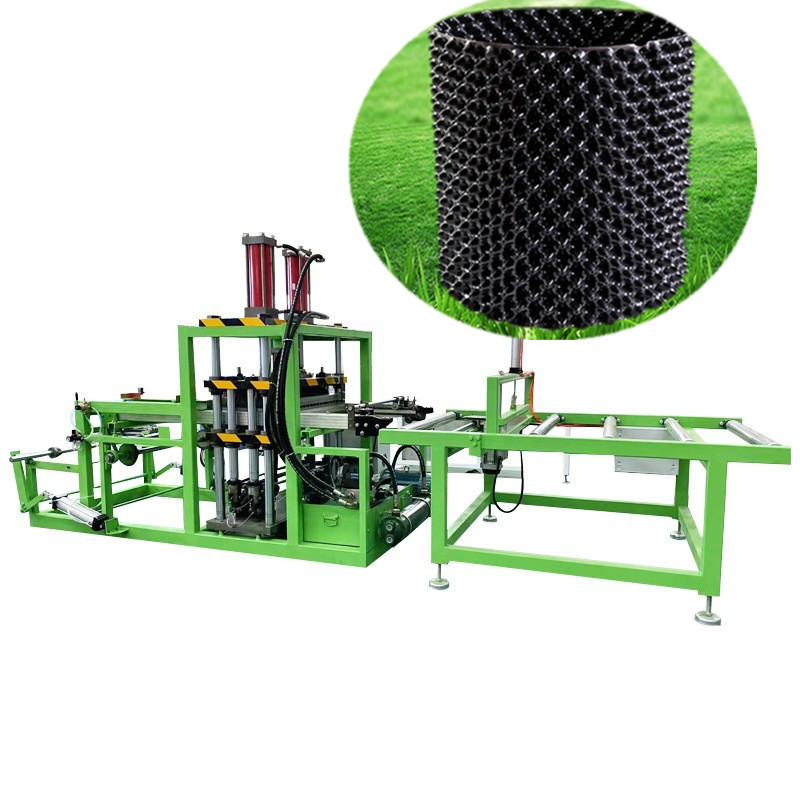- English
- Español
- Português
- русский
- Français
- 日本語
- Deutsch
- tiếng Việt
- Italiano
- Nederlands
- ภาษาไทย
- Polski
- 한국어
- Svenska
- magyar
- Malay
- বাংলা ভাষার
- Dansk
- Suomi
- हिन्दी
- Pilipino
- Türkçe
- Gaeilge
- العربية
- Indonesia
- Norsk
- تمل
- český
- ελληνικά
- український
- Javanese
- فارسی
- தமிழ்
- తెలుగు
- नेपाली
- Burmese
- български
- ລາວ
- Latine
- Қазақша
- Euskal
- Azərbaycan
- Slovenský jazyk
- Македонски
- Lietuvos
- Eesti Keel
- Română
- Slovenski
- मराठी
- Srpski језик
How Are Root Controller Machines Integrating with Precision Agriculture Systems?
When drones were mapping the health of crops above the wheat fields, the underground root systems were undergoing a "silent revolution". The latest Root Controller Machines series launched by Eaststar, through the "above-ground - underground" data linkage technology, has upgraded precision agriculture from "identifying diseases by observing leaves" to "identifying needs by examining roots". These smart devices hidden in the soil are redefining the "underlying logic" of crop growth.
The "Translators" of the underground world
"The root system is the 'second mouth' of a plant, but previously we could only guess its needs through the above-ground part. "Wang Lei, the agricultural technology director of Eaststar, pointed at the three pieces of equipment in the laboratory and said.
Soil permeability meter: Just like an "underground stethoscope", it monitors the water absorption rate of the root system in real time through a micro-pressure sensor. In the corn experimental field in Gansu Province, it warned 48 hours in advance of the risk of root suffocation caused by excessive irrigation, avoiding a crisis of reduced yield.
Nutrient dynamic regulating valve: Equipped with 12 sets of electromagnetic controllers, it can automatically adjust the release rhythm of nitrogen, phosphorus and potassium according to the crop variety. "The 'nutritious meals' for tomatoes and wheat are completely different," Wang Lei explained. "This system can remember the' taste preferences' of more than 200 kinds of crops."
Root growth imager: It uses low-frequency electromagnetic waves to penetrate the soil and generate a three-dimensional distribution map of the root system. In the strawberry cultivation in greenhouses in Shandong, it helped farmers discover that the traditional irrigation method led to 30% of the root system concentrating on the surface layer. By adjusting the position of the drip irrigation tape, the yield increased by 18%.

Choosing equipment is like "making keys" - the key lies in these three dimensions
Observe the "character" of the crops: For shallow-root crops (such as lettuce), a high-precision permeation instrument should be selected, while for deep-root crops (such as apple trees), a long-distance imaging instrument is needed.
Observe the "temperament" of the soil: For clay, a self-cleaning regulating valve should be selected, while for sandy soil, a fast-response permeator should be used.
Check the system's "compatibility" : All Eaststar devices support LoRa wireless transmission and can be seamlessly integrated with mainstream systems such as DJI agricultural drones and TopCloud Agriculture Monitoring Platform.
There was a coffee grower in Yunnan who used equipment from three manufacturers at the same time, but the results were inconsistent. Wang Lei smiled and said, "Before our devices leave the factory, they all undergo 'system compatibility tests', which is as convenient as installing an original factory charger on a mobile phone."

Eaststar wants every root system to "speak"
"In the next five years, we want the equipment to be able to 'understand' the 'language' of the root system. "The CTO of Eaststar disclosed at a recent agricultural technology forum that "the 'root Emotion Recognition algorithm' under development can determine whether the crop is' thirsty ', 'hungry' or 'sick' by analyzing data such as water absorption rhythm and nutrient absorption rate, and automatically trigger irrigation, fertilization or early warning."
At present, this series of equipment has been applied to 56 kinds of crops in 23 provinces across the country. Long-term monitoring data from cooperation with the Chinese Academy of Sciences shows that farmlands using Eaststar equipment have saved an average of 35% of water and 28% of fertilizer, and the incidence of root diseases has decreased by 41%. In the past, farmers watered their plants based on experience, but now they nourish the roots with data. Zhang Jianguo, a major tomato grower in Shouguang, Shandong Province, said, "In my greenhouse, there is a little manager 'living' in the root system of each tomato plant."
In the smart greenhouse of Eaststar, on the screen of a prototype being tested, there is a dense stream of data jumping. Engineer Li Na pointed to one row of numbers and said, "This is the 'pressure value' of the root cells. When it fluctuates suddenly, it indicates that there might be changes underground that we can't see." Perhaps this is precisely the ultimate pursuit of precision agriculture: to illuminate the depths of the soil that were once shrouded in darkness with technology.
When every root system can be precisely cared for, the rewards of the land will be more generous than we imagine. The founder of Eaststar said, "What we do is not just equipment, but to equip crops with 'smart stomachs', enabling them to eat more scientifically and grow healthier."



